Keeping the UAV's Flying in Afghanistan
 Army Sgt. Christopher Johnson, Bravo Company, 173rd Special Troops Battalion (Airborne) takes the screws out of the nose of a RQ-7 Shadow 200 Unmanned Aerial Vehicle June 19 during “preventive maintenance daily” on Forward Operating Base Fenty in Jalalabad, Afghanistan.
Army Sgt. Christopher Johnson, Bravo Company, 173rd Special Troops Battalion (Airborne) takes the screws out of the nose of a RQ-7 Shadow 200 Unmanned Aerial Vehicle June 19 during “preventive maintenance daily” on Forward Operating Base Fenty in Jalalabad, Afghanistan.  Army Staff Sgt. Pablo Villanueva, Bravo Company, 173rd Special Troops Battalion (Airborne) conducts “preventive maintenance daily” on a RQ-7 Shadow 200 Unmanned Aerial Vehicle June 19 on Forward Operating Base Fenty in Jalalabad, Afghanistan
Army Staff Sgt. Pablo Villanueva, Bravo Company, 173rd Special Troops Battalion (Airborne) conducts “preventive maintenance daily” on a RQ-7 Shadow 200 Unmanned Aerial Vehicle June 19 on Forward Operating Base Fenty in Jalalabad, Afghanistan Army Staff Sgt. Pablo Villanueva, Bravo Company, 173rd Special Troops Battalion (Airborne) takes an engine off a RQ-7 Shadow 200 Unmanned Aerial Vehicle on Forward Operating Base Fenty in Jalalabad, Afghanistan, June 19, while conducting "preventive maintenance daily."
Army Staff Sgt. Pablo Villanueva, Bravo Company, 173rd Special Troops Battalion (Airborne) takes an engine off a RQ-7 Shadow 200 Unmanned Aerial Vehicle on Forward Operating Base Fenty in Jalalabad, Afghanistan, June 19, while conducting "preventive maintenance daily."Story and photos by Army Sgt. Brandon Aird
173rd ABCT Public Affairs
FORWARD OPERATING BASE FENTY, Afghanistan -
173rd ABCT Public Affairs
FORWARD OPERATING BASE FENTY, Afghanistan -
One of the assets commanders in the 173rd Airborne Brigade Combat Team use to view the battlefield is the RQ-7 Shadow 200 Unmanned Aerial Vehicle.
The UAV is able to provide the combat team with video coverage of an area of interest for hours at 50 kilometers (31 miles) from the launch and recovery site.
The air vehicle uses a pneumatic launcher and is recovered by a tactical automatic landing system on the runway. The air vehicle is stopped using an arresting hook and cable system.
The first launch of a RQ-7 Shadow UAV in the 173rd was by Army Col. Charles A. Preysler, 173rd ABCT commander, in Germany during the training for preparation to Afghanistan.
The UAV is a new asset to the combat team and keeping it operational is essential.
By the time the Shadow gets into the sky, it gets checked a minimum of six times, said Army Staff Sgt. Pablo Villanueva, maintenance chief for the Shadow, Bravo Company, 173rd Special Troops Battalion (Airborne).
“We take it apart to make sure everything is tightened down, verify all the electronics work and conduct preflight checks,” Villanueva said.
The UAV is also inspected by the flyer and again by the mechanics when on the launcher.
Villanueva’s crew of mechanics performs maintenance, which is called “preventive maintenance daily,” every day.
“I enjoy doing this,” said Army Sgt. Christopher Johnson, a UAV mechanic in Bravo Company, 173rd STB.
The 173rd’s Shadow operation is non-stop mission, which doesn’t end until the deployment is over.
“We work in 12-hour shifts,” explained Villanueva. “Eight hours are spent doing PMD and the other four are doing preflight inspections.”
Once the UAV gets back from a flight the work starts all over again.
“We have to check to make sure no parts fell off or loosened during flight,” Villanueva said.
Villanueva and his crew open the plane up and take it apart to make sure everything is right.
PMD is a daily process, which doesn’t end until the mission is over.
***********************
I am fascinated by the UAV's. American Ranger has a post up today about the new generation of UAV's - go see the Reaper! http://americanranger.blogspot.com/2007/07/reaper-adds-new-dimension-to-war-on.html
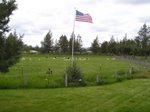


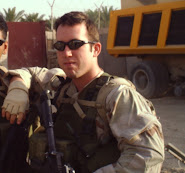










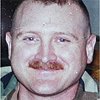


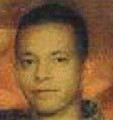
















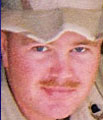
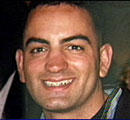





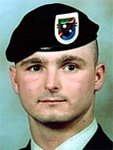


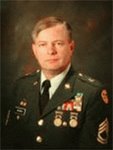

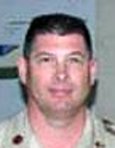
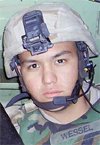

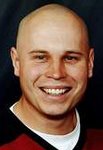
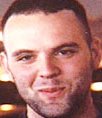



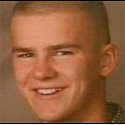



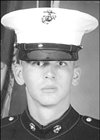
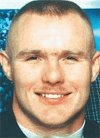
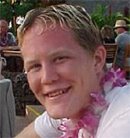

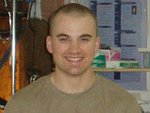




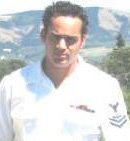

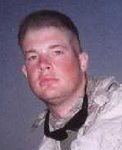
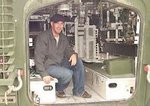




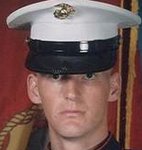
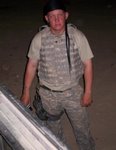
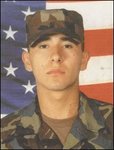


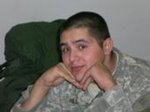
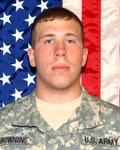





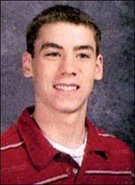
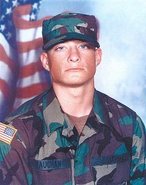
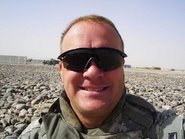
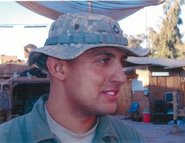
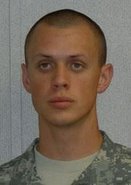
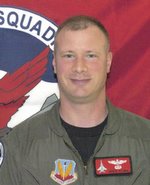
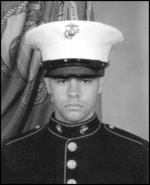
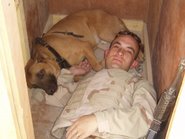
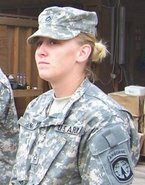

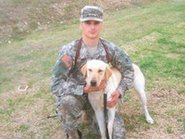

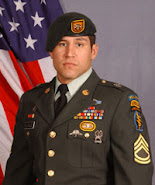

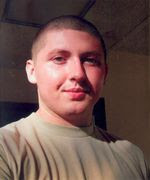



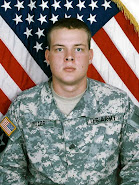
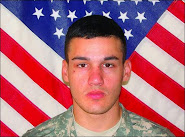



2 comments:
those things save lives, no doubt about that.
Looks like we are upgrading this equipment in the most expedited manner. The Reaper is on it's way:
http://apnews.myway.com/article/20070715/D8QD61V80.html
Post a Comment